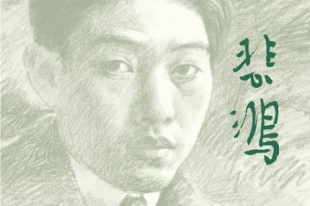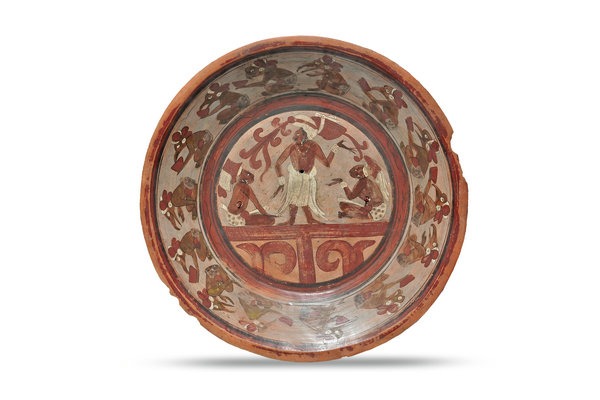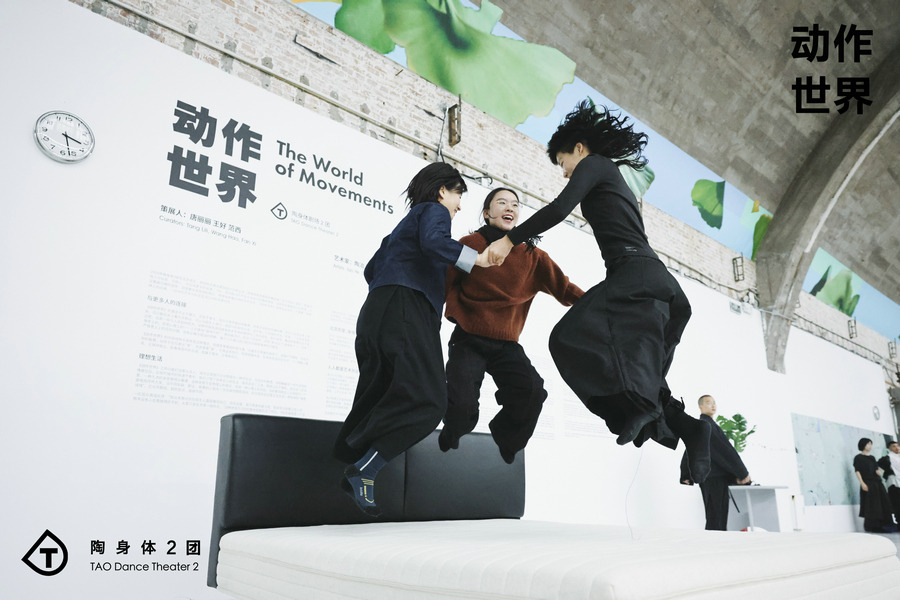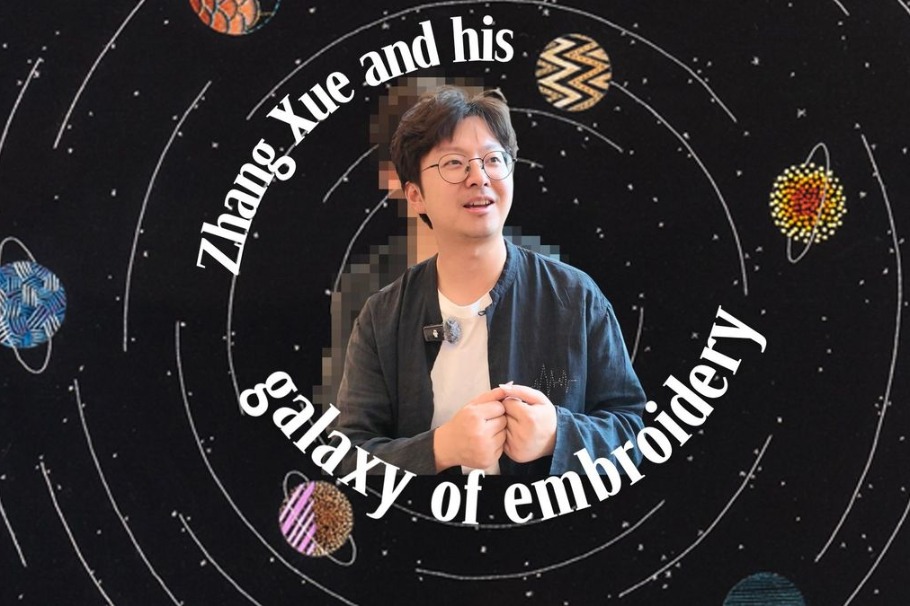Xu Beihong's artistic legacy lives on in new book


For those who missed last year's widely-acclaimed retrospective exhibition at the art museum of the Central Academy of Fine Arts, a new book offers a second chance to appreciate the work of Xu Beihong.
Xu Beihong: Living Art Forever, published by the CITIC Press Group in August, provides pictorial access to the late artist's prominent collections, as well as presenting the latest developments in the study of his work.
Cataloging all of the pieces shown at the eponymous CAFA exhibition in 2018, it features Xu's sketches, drawings, personal letters with family and friends and old photos, as well as articles by art historians from home and abroad. It traces the dramatic life and career of the master artist, through which the reader can envision a wider view of the transformation of Chinese art in the 20th-century.
The book not only includes iconic work from Xu Beihong's oeuvre, much of which can be found hanging in State-level museums-representing the serious outlook on art for which he is known-as well as featuring famous pieces from his personal art collection, such as the Scroll of Eighty-seven Immortals.
While Xu Qingping, the artist's son, recalls how excited people were to see his father's paintings, noting that many visitors flew in to Beijing to visit last year's exhibition at CAFA's art museum-an institution Xu Beihong headed from the late 1940s until his death in 1953-he concedes that some people were especially driven to catch a rare glimpse of the eighth-century painting, presumably drawn by the great Wu Daozi, that was also on display.
The painting features the baimiao-or "plain drawing"-brush technique found in classical Chinese painting, in which painters produce carefully controlled ink outlines and use no color. It is primarily used in paintings of people and figures.
Xu Beihong spotted the painting in Hong Kong in 1937 among the belongings of a German woman who had passed away and bought it for a great sum of money. However, the painting was later stolen, but when it reappeared on the market years later, he bought it for a second time.
The painting, which is now in the collection of the Xu Beihong Memorial Hall in Beijing, bears a seal stamp that reads, "Beihong's life", showing the artist's deep love of it. He always carried the painting with him wherever he traveled, so that he could study it whenever he wanted.





































